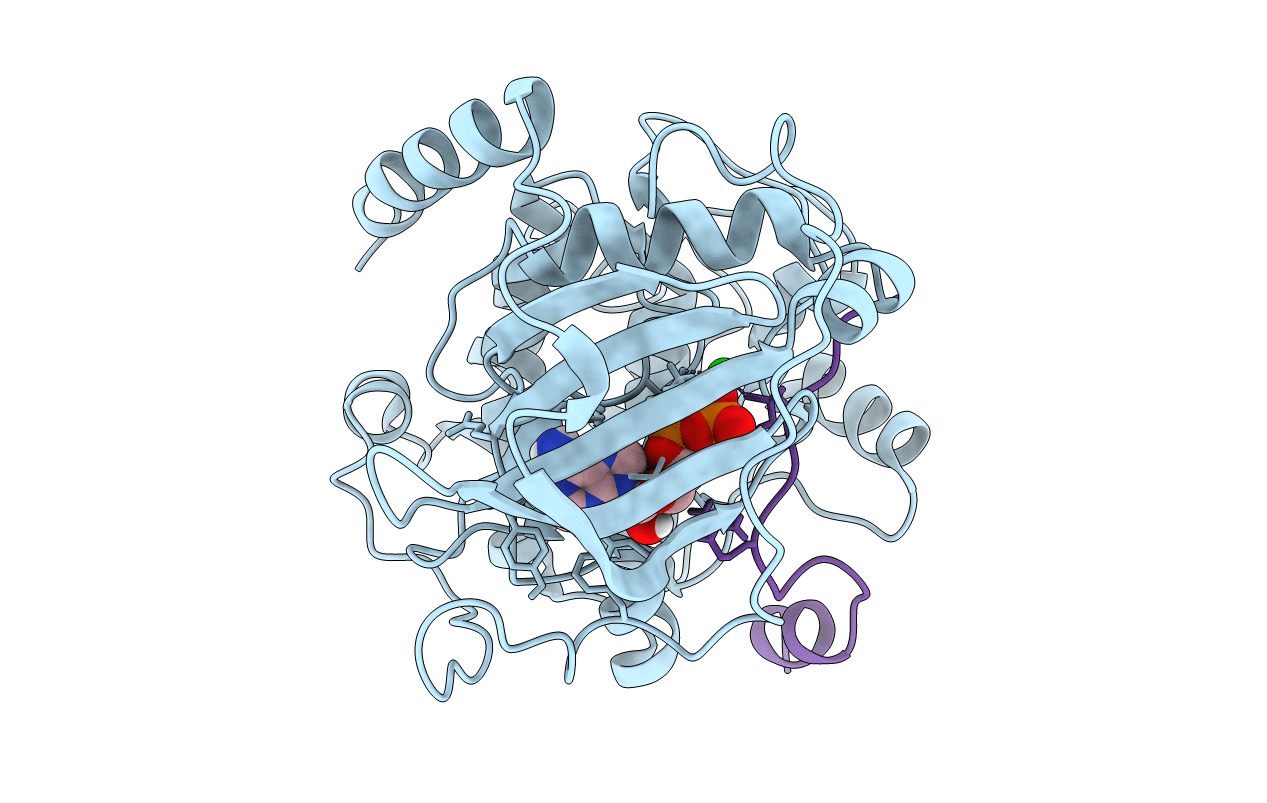
Deposition Date
2018-07-10
Release Date
2019-04-03
Last Version Date
2024-11-06
Entry Detail
PDB ID:
6E21
Keywords:
Title:
Joint X-ray/neutron structure of PKAc with products Sr2-ADP and phosphorylated peptide SP20
Biological Source:
Source Organism:
Mus musculus (Taxon ID: 10090)
Homo sapiens (Taxon ID: 9606)
Homo sapiens (Taxon ID: 9606)
Host Organism:
Method Details:
Experimental Method:
R-Value Free:
['0.21
R-Value Work:
['0.18
R-Value Observed:
['?', '?'].00
Space Group:
P 21 21 21


